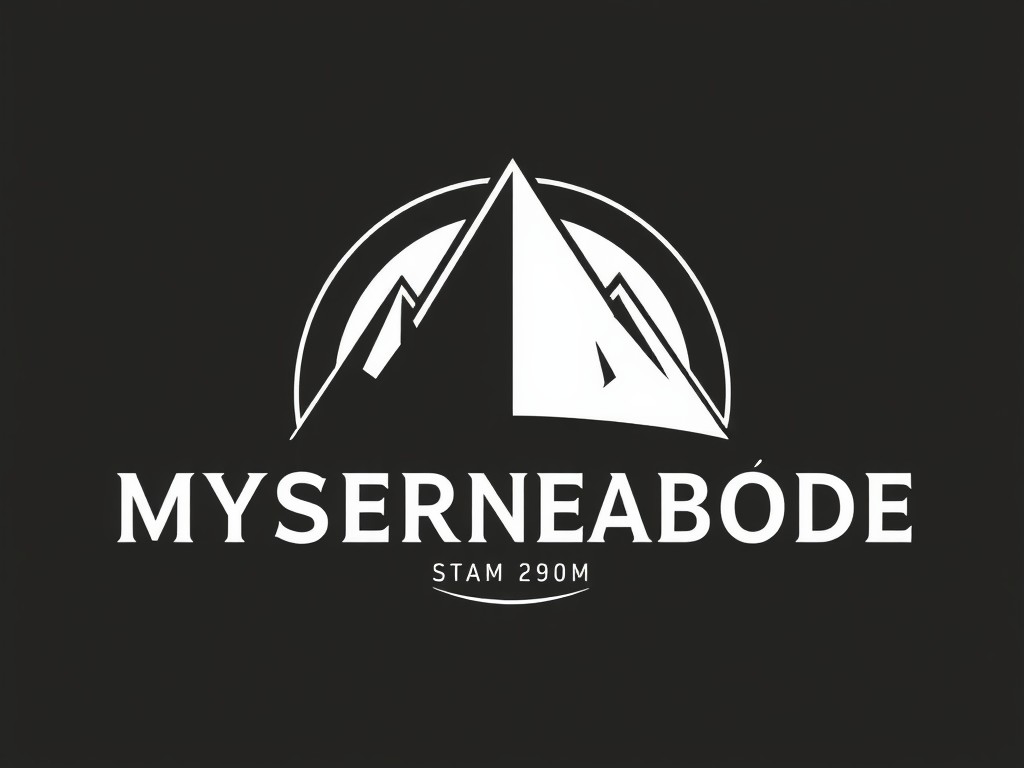Understanding Mezzanine Levels in Loft Conversions
Mezzanine levels are an innovative solution in loft conversions, offering a unique way to maximise the existing space in residential settings. These intermediate floors are typically open to the area below, creating a dynamic, multi-functional living environment.
One of the advantages of mezzanine levels in loft conversions is their ability to increase usable space without the need for a complete floor addition. They provide an ideal option for homeowners wanting to create extra rooms, such as home offices or guest bedrooms, within the constraints of an existing structure.
Cela peut vous intéresser : Maximize Your Space: Creative Storage Solutions for Small UK Flats
When considering mezzanine spaces, it’s essential to evaluate the height and space available. Regulations often dictate a minimum head height to ensure the space remains functional and comfortable. To optimise the design, careful planning is required, ensuring that the mezzanine levels are proportionate and accessible while enhancing the overall aesthetic of the loft.
Common uses of mezzanine spaces also include cosy reading nooks, play areas for children, or even storage. These spaces can usher in natural light from existing windows, further uplifting the atmosphere of the home. Lastly, integrating these levels often involves innovative design solutions to harmonise them with the existing architecture, making them a seamless part of the structure.
A lire en complément : Essential Features for Crafting Your Zen-Inspired Bedroom Retreat in the UK
Key Planning Permissions and Regulations
When contemplating a loft conversion that includes a mezzanine, understanding UK planning permission requirements is crucial. Not every loft conversion needs permission, but exceptions include changes that extend the roof space or alter the building’s external appearance significantly. Typically, these projects fall under permitted development rights, yet when a mezzanine is involved, securing explicit consent becomes necessary because it can impact the interior structure and fire safety measures.
Ensuring compliance with UK regulations mandates obtaining the right legal approvals. This involves applying to local councils and may require submitting plans illustrating the conversion details. Councils evaluate proposals based on design, privacy, and potentially the conservation area status of your property. Each local authority may have slightly different criteria, necessitating an understanding of their specific (building codes).
Necessary documentation often includes architectural drawings, structural calculations, and adherence to safety standards. Bear in mind that loft conversions with mezzanines can affect fire escape routes and structural integrity, which impacts the building regulations approval process.
Navigating these responsibilities ensures a smoother project trajectory and contributes significantly to safeguarding against future compliance issues. Equip yourself with knowledge about permits and regulations to achieve a hassle-free loft conversion.
Designing Your Mezzanine Space
Creating an effective mezzanine design involves clever space optimization tailored to your needs and style preferences.
Layout and Functionality
Choosing a strategic layout is essential for maximizing utility in your mezzanine space. Incorporating open layouts can encourage fluid movement and versatility. Introducing natural light through skylights or glass panels elevates the ambience while aiding ventilation. Consider multi-functional furniture like foldable tables or built-in storage to make every square foot count.
Interior Design Themes
Exploring various interior design themes can transform a mezzanine into a captivating corner of your home. A minimalist design approach, featuring sleek furniture and neutral tones, makes tiny areas feel more expansive. In contrast, an industrial design with raw materials like exposed metal and brick gives a bold statement. Bohemian themes with vibrant textiles and eclectic decor infuse warmth and personality.
Material Selection
Selecting appropriate materials is crucial for both aesthetics and structural integrity. Steel and aluminium offer robust support, allowing for creative designs. Timber, a popular choice, adds warmth and blends well with various decor styles. The impact of these materials extends beyond visuals; it also influences acoustics and durability. A thoughtful combination of materials ensures a harmonious balance between form and function in your mezzanine space.
Budget Considerations for Your Mezzanine
When planning to construct a mezzanine, it is crucial to understand the potential costs involved. Mezzanine costs can vary significantly depending on different factors. Typically, the costs include materials, labour, and any additional structural support needed. To plan effectively, it’s essential to break down these expenses.
Factors Affecting Mezzanine Costs
- Material Choice: The type of material used can greatly influence the cost. Options include wood, steel, or composite materials, which all differ in price.
- Size and Design: Larger mezzanines or those with intricate designs will likely increase costs.
- Building Regulations: Compliance with local building codes may require additional expenditures, such as taxes or permits, which need to be factored into your budget.
Cost-Saving Tips
For budget-conscious homeowners, here are a few strategies to help manage mezzanine costs:
- Opt for prefabricated kits, which can be cheaper than custom designs.
- Consider a smaller mezzanine to reduce materials and construction time.
- Recycle or repurpose materials to cut down on expenses.
Thorough budget planning can help ensure that the project is completed efficiently and within your means. Carefully assessing these expenses can avoid unexpected financial strain, making the process of adding a mezzanine a rewarding endeavour.
Structural Challenges and Solutions
Adding a mezzanine involves several structural challenges that require careful consideration. One of the main issues in structural engineering is ensuring the existing building can support additional load. Professionals must assess the building’s current load-bearing capacity to determine if reinforcement is needed. Missing this step can lead to compromised safety and stability, making it crucial to engage with structural engineers early in the process.
Common mezzanine challenges include floor deflection, inadequate load distribution, and insufficient headroom. Floor deflection occurs when the flooring sags under weight, which may lead to other issues, such as cracking or failure. Load distribution is another concern; without proper design, the structure may not evenly distribute weight, risking structural integrity.
Addressing these challenges involves several solutions, including reinforcing existing beams and columns, installing steel support structures, or upgrading the flooring system. Professional assessment and oversight ensure these solutions are both safe and effective, tailored to the unique needs of each building and its intended use.
Mezzanine construction benefits greatly from a detailed structural engineering analysis. This helps identify potential problems early, allowing for proper reinforcement solutions. It’s vital for property owners to work closely with engineers to ensure both safety and functionality in their newly built spaces.
Hiring the Right Professionals
When embarking on a building project, especially a complex one like constructing a mezzanine, choosing the right construction professionals is crucial. Prioritising credentials in your search ensures you work with experts equipped to meet your expectations.
Credentials to look for include certifications in structural engineering and membership in recognised architectural bodies. These qualifications indicate a foundational understanding of safe and efficient design and construction principles. Experience is another important factor. Seasoned professionals bring not only technical skills but also invaluable insight from past projects, which can mitigate unexpected challenges and ensure smooth progress.
Benefits of hiring experienced professionals extend beyond just expertise. You’ll gain access to a network of trusted subcontractors and suppliers, streamlined project management, and a higher likelihood of staying within budget and timeframe. Well-established professionals often have a proven track record, offering peace of mind and confidence in their capabilities.
When evaluating potential hires, it’s vital to ask insightful questions. Inquire about their approach to changes during construction, their most challenging projects, and how those experiences enriched their skills. Additionally, ask for references or a portfolio of previous work to gauge the quality and reliability of their projects. This thorough vetting process helps in making an informed hiring decision.
Case Studies and Real-Life Examples
Exploring loft conversion examples can reveal how creativity meets practicality in construction. In the UK, several case studies showcase the transformative potential of mezzanine additions. One noteworthy example involves a Victorian terraced house, where a once-cluttered attic metamorphosed into a multifunctional space. The design incorporated structural beams to maintain the property’s character while maximising headroom and natural light.
This renovation highlighted several key lessons learned. Firstly, assessing structural integrity before commencing work is crucial. Proper planning ensured the loft remained both safe and functional. Moreover, the importance of lighting became evident. Installing strategically placed windows or skylights not only brightens the space but also enhances its aesthetic appeal.
Additionally, some unique designs stand out through their incorporation of sustainable materials. Using recycled timber and eco-friendly insulation reduces the project’s environmental impact while adding a rustic charm. Mezzanine additions have been ingeniously implemented with home offices or entertainment areas, turning underutilised spaces into vibrant living quarters.
These real-life examples emphasise tailoring the design to meet specific needs, thus encouraging homeowners to think beyond mere storage solutions. Such projects inspire confidence in the versatility and potential of loft conversions, highlighting the beauty of customisation in real estate transformations.











